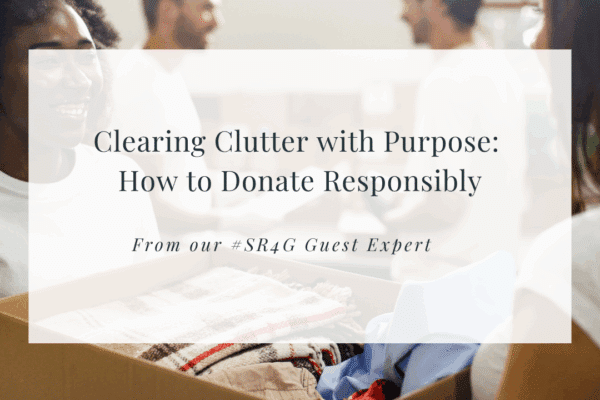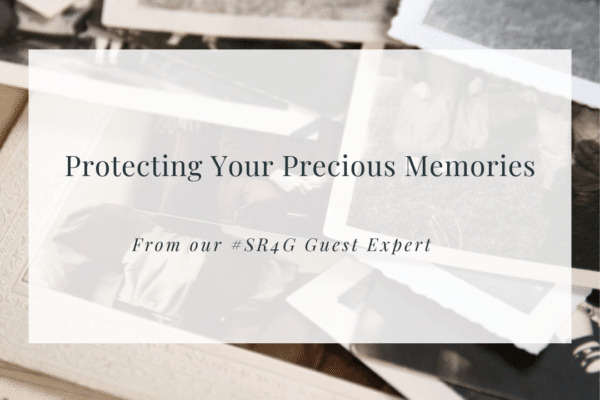
Almost all of us can relate to the enjoyment that comes with buying something new, getting a good deal, and keeping something sentimental, but when does our relationship with our possessions become problematic? Hoarding Disorder is characterized by a persistent difficulty with discarding or parting with possessions regardless of their value, a perceived need to save possessions, and distress associated with getting rid of possessions. Clinically significant hoarding behavior leads to accumulation of possessions that congest or clutter the living space and compromise the intended use of the space, distress and functional impairment, and can include excessive acquisition. If living spaces are kept clear, it is only because of a third party. Levels of severity can differ and levels of insight into how problematic the hoarding behavior is may vary from person to person.
Hoarding disorder differs from collecting in that collectors typically keep a specific category of items of value and are able to keep their collection organized. Collecting typically does not interfere with using spaces in the home as intended (for example, not being able to use the kitchen to cook because of piles of clutter on the counters, table, floor, and/or stored in appliances). Collecting is also something that individuals often feel proud of and may want to share with others or let others see. This differs drastically from hoarding behavior, which oftentimes causes shame, hiding behaviors, and even social isolation.
People with hoarding disorder are often very creative people who can come up with an unlimited number of possible uses for items they do not use, need, or love. They may also get lost in stories and memories associated with their possessions, which can lead to emotional connections with items and difficulty getting rid of them. Possessions can also provide a feeling of safety and control, especially for those who have difficulty with relationships and/or have experienced trauma/loss, both of which are common for individuals with hoarding disorder. Hoarding behavior is also both positively and negatively reinforcing, meaning that deciding to keep something provides a sense of relief from distress and accumulating more things contributes to positive emotions like excitement and joy. Many individuals with hoarding disorder also have difficulties with executive functioning (organization, time management, attentional focus), which can make sorting, organizing, and decision-making even more difficult.
Hoarding Disorder is considered to be chronic, with a typical age of onset in teenage years, and it is a treatable condition. Typically, using a team of professionals is the best option for individuals with hoarding disorder. Medication may be necessary to treat co-occurring depressive disorders, anxiety disorders, and executive functioning disorders. Professional Organizers can help with the physical work of decluttering and organizing. Occupational Therapists can help with activities of daily living and increasing independence. Individual therapists can use Cognitive Behavior Therapy (CBT) and Exposure and Response Prevention (ERP), evidence-based therapies that can help with changing ineffective thought patterns, changing unhelpful behaviors, regulating emotions, learning coping strategies, and facing fears. Group therapy or peer-support groups can also be very effective for individuals with hoarding disorder, especially in decreasing shame. In the event that there is a significant safety risk, clean out companies may be necessary, although this should always be a last resort. Research shows cleanouts are not effective long-term and can result in more harm than good. For more information and resources, check out https://hoarding.iocdf.org and the Minnesota Hoarding Task Force https://mnhtf.org/.
If you or a loved one are in need of emergency/crisis support, call 988 to be connected to a crisis line, call 911 to be transported to a hospital, or go straight to your nearest emergency room department. You can also text “HELP” to 741741 or call the National Suicide Hotline number at 1-800-273-8255. Walk-In Counseling Center in Minneapolis and Walk-In Crisis Services at Urgent Care in St. Paul both offer free walk-in therapy services.
References:
American Psychiatric Association. (2022). Diagnostic and statistical manual of mental disorders (5th ed., text rev.). https://doi.org/10.1176/appi.books.9780890425787
Disclaimer: This newsletter is a brief synopsis of information about hoarding disorder that is intended for informational purposes in order to spread awareness, decrease shame, and increase hope for those impacted by hoarding disorder. This newsletter may not apply to every individual in every context. Every individual is unique and newsletters cannot speak to all of the nuances and complexities of human nature. This information is not intended to replace therapy or recommendations from healthcare providers. Seek an assessment from a trusted mental health professional for recommendations specific to your needs.



